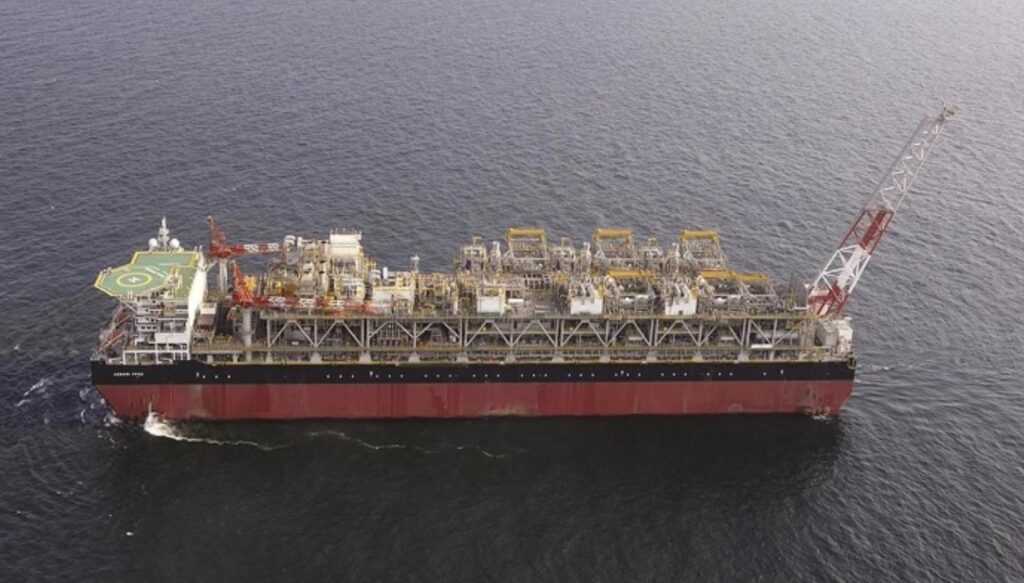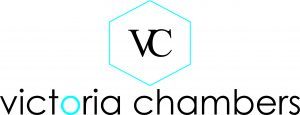
One of the world’s largest oil and gas companies, Chevron, has extended the Agbami and Usan oilfield leases in Nigeria to 2042, while also increasing its investment emphasis on short-cycle projects. This was stated in the global company’s 2022 Annual Report.
Chevron operates the Agbami oilfield, which is a subsea development. Agbami lies 113 km off the coast of the central Niger Delta region and spans 182 square km. The oilfield was discovered in 1998 and is at a water depth of approximately 4,800 feet. Chevron has a 67.3% interest in the field. Meanwhile, Chevron holds a 30% non-operated working interest in the Usan oilfield (OML 138), in 2,805 feet of water, and located 100 km off the coast of the eastern Niger Delta region.
The extension of the leases until 2042 would provide Chevron with long-term access to these assets. Additionally, the company’s increased investment emphasis on short-cycle projects suggests that it may be shifting its focus towards projects that have shorter lead times and quicker returns on investment. This could reflect a strategic shift towards more agile operations and a focus on profitability in the current market environment.
According to the annual report cited, the extension of deepwater licenses in Nigeria and the Republic of Congo contributed 36 million barrels to the company’s African asset base.
The report also stated that about 27% of Chevron’s net oil-equivalent production in 2022 occurred in OPEC+ member countries like Nigeria, Angola, Equatorial Guinea, Kazakhstan, the Partitioned Zone between Saudi Arabia and Kuwait as well as the Republic of Congo.
More Insights
In the annual report, Chevron stated that about $0.5 billion was expended on various offshore development and natural gas projects in Nigeria, Angola, and the Republic of Congo. The company also stated that some changes in operating assumptions reduced estimated undeveloped reserves, and 31 million barrels of oil equivalent (BOE) in Nigeria due to lower expected offtake of natural gas relative to contracted volumes.
Chevron also noted that approximately 167 million BOE have remained undeveloped for five years or more, primarily due to facility constraints at various fields and infrastructure associated with the Escravos gas projects in Nigeria. A part of the annual report stated:
“Apart from acquisitions, the company’s ability to add proved reserves can be affected by events and circumstances that are outside the company’s control, such as delays in government permitting, partner approvals of development plans, changes in oil and gas prices, OPEC constraints, geopolitical uncertainties, and civil unrest. Supplemental Information on oil and gas producing activities.”
Meanwhile, the company highlighted the fact that in 2020, there were 229 billion cubic feet (BCF) decrease at the Meren field which was primarily due to reduced demand and development plan changes.
Going forward
Chevron estimates its net oil-equivalent production in 2023, assuming a Brent crude oil price of $80 per barrel, to be up 3%. However, the estimate is subject to some factors and uncertainties, which could include:
- Quotas or other actions that may be imposed by OPEC+
- Changes in fiscal terms or restrictions on the scope of company operations
- Reservoir performance
- Fluctuations in demand for crude oil and natural gas in various markets
- Weather conditions that may shut in production
- Civil unrest as well as changing geopolitics
